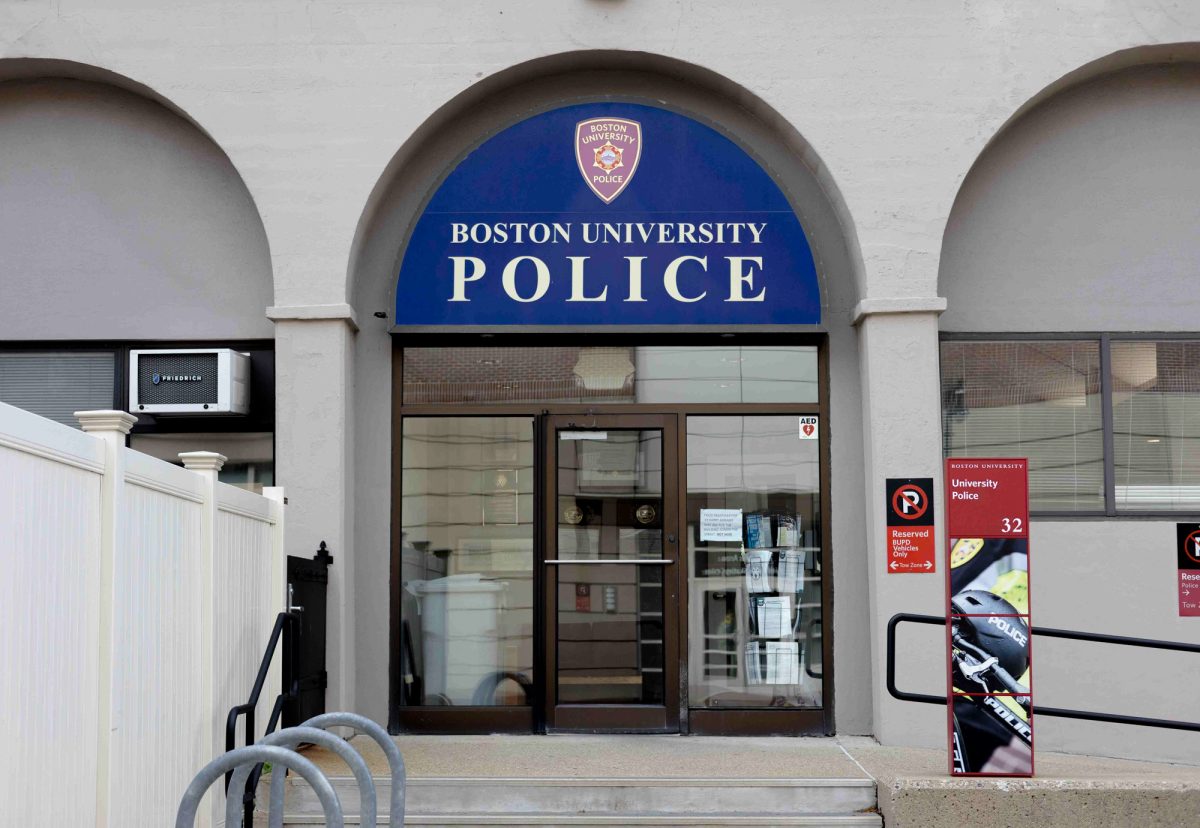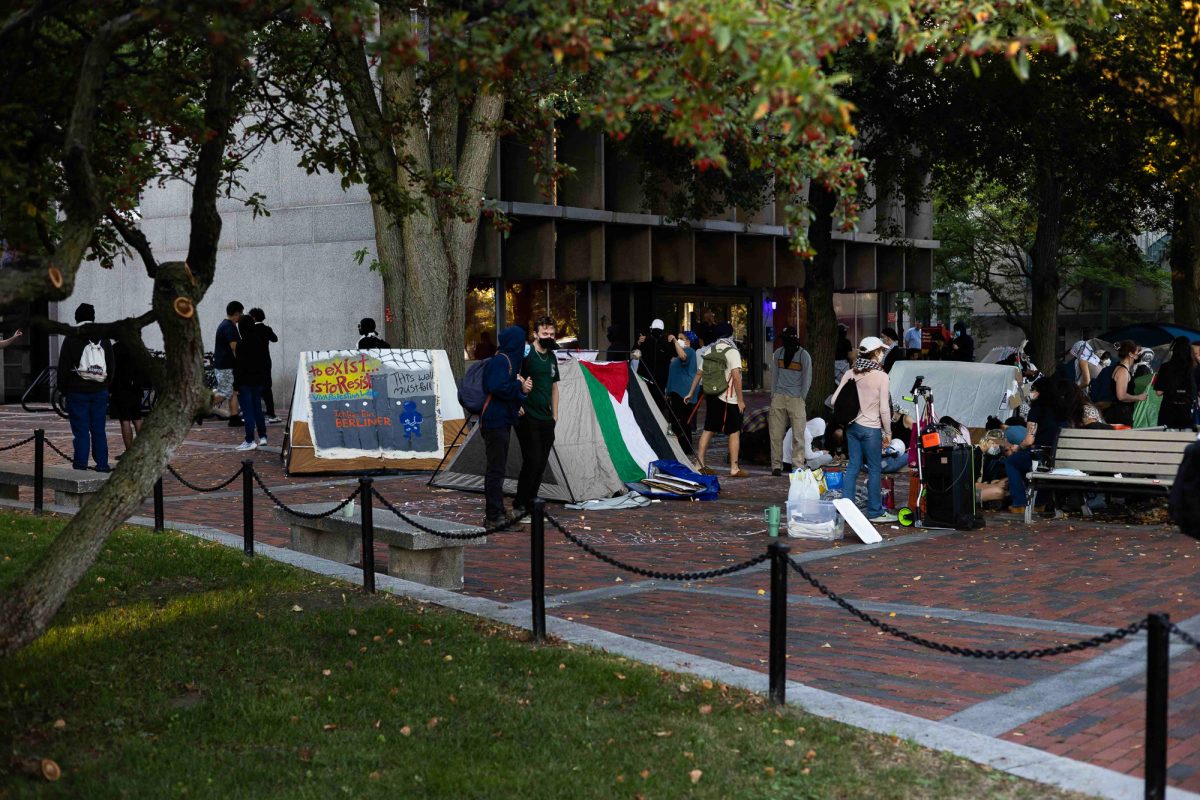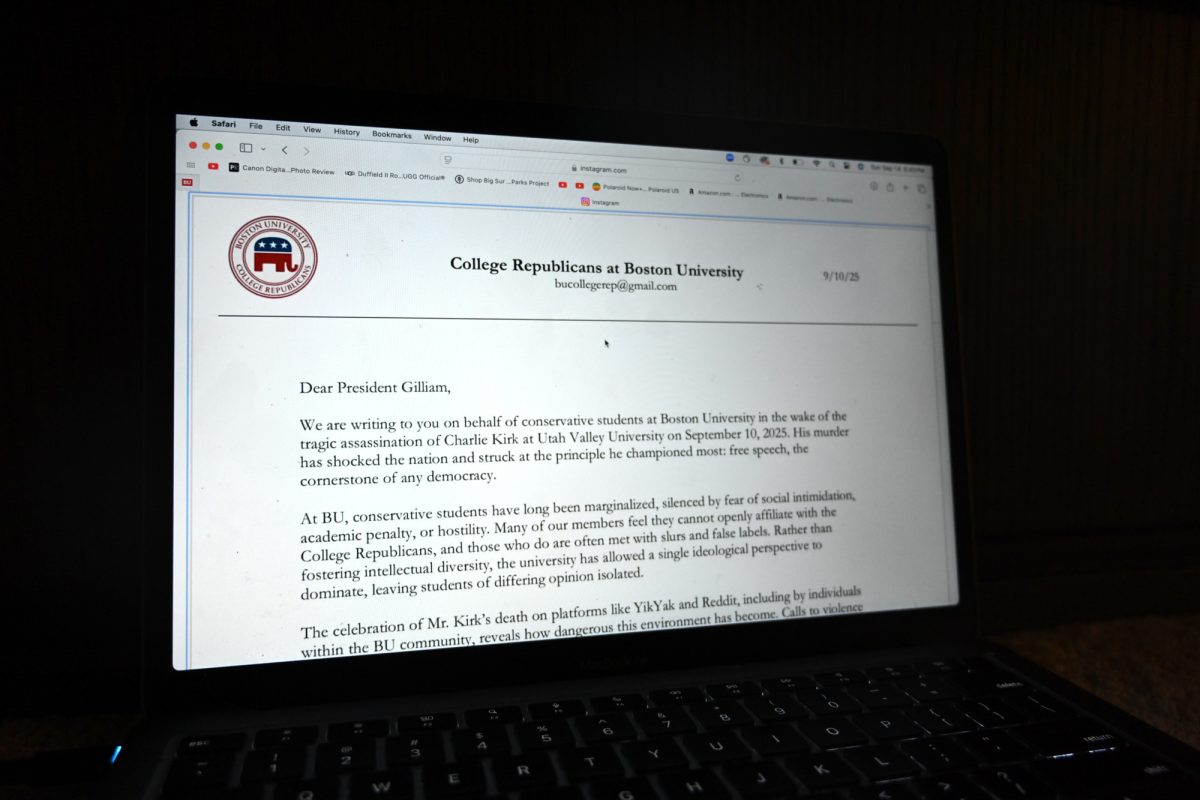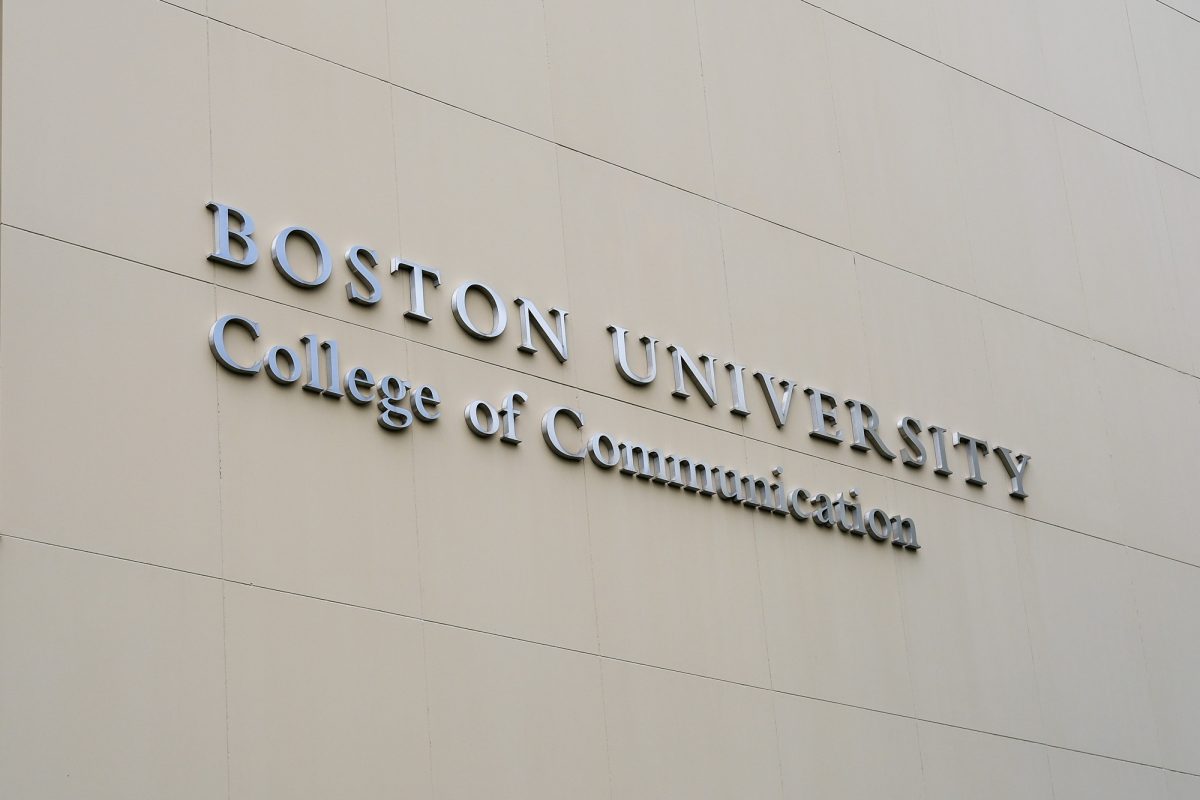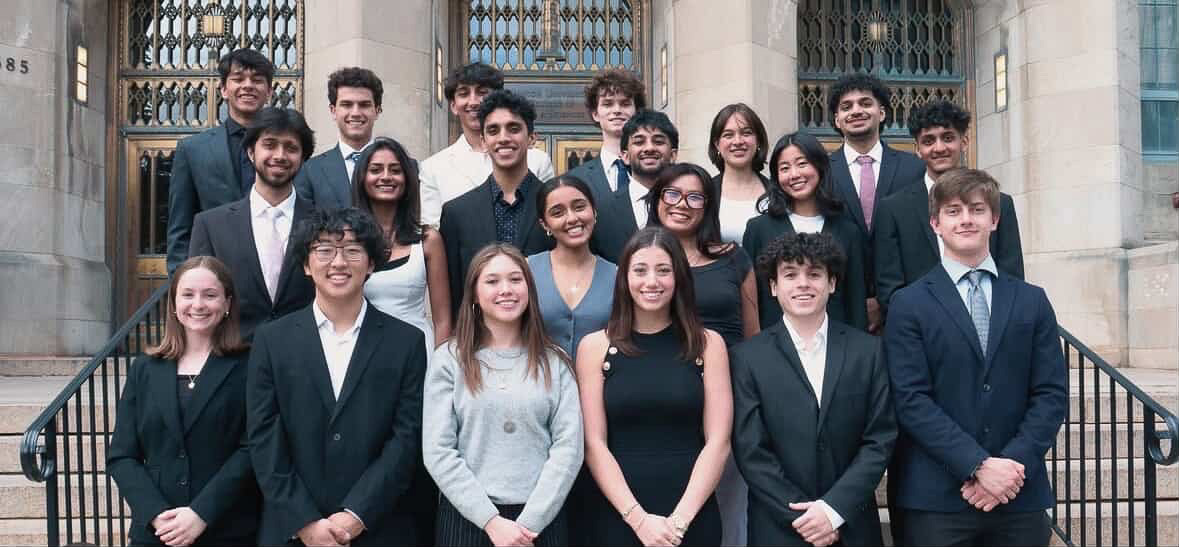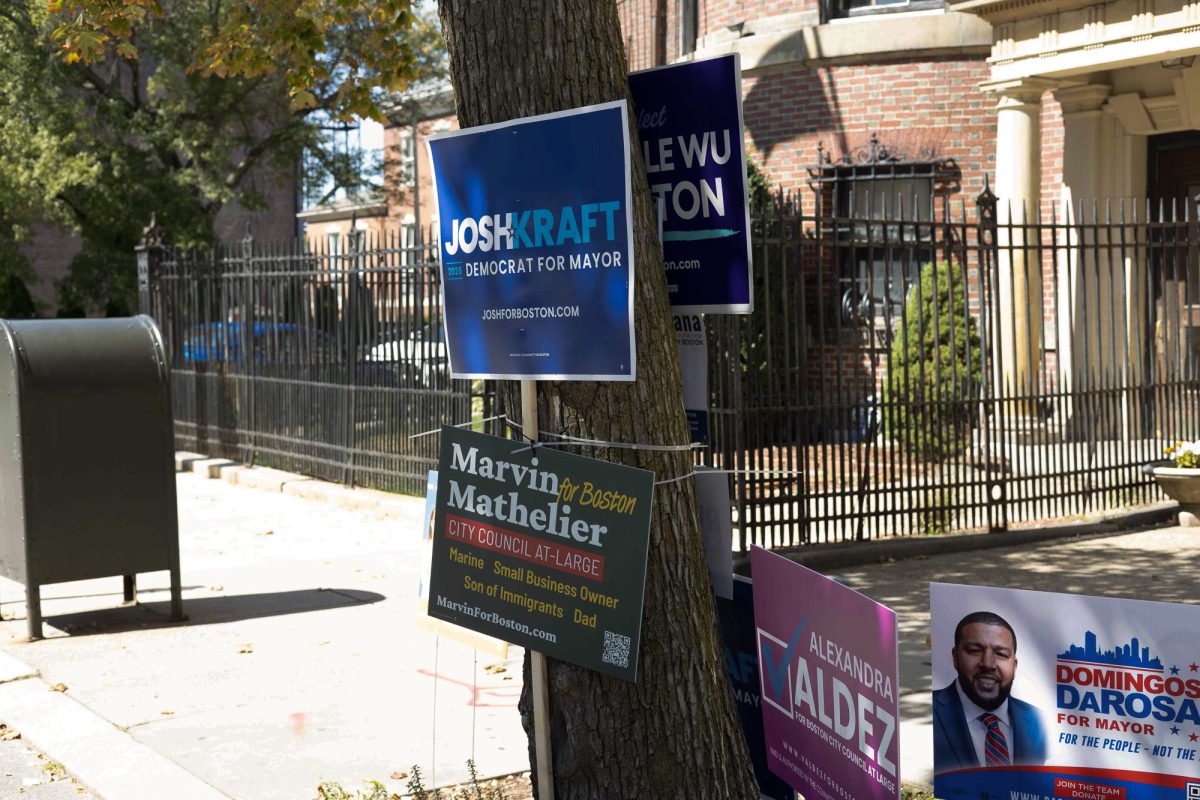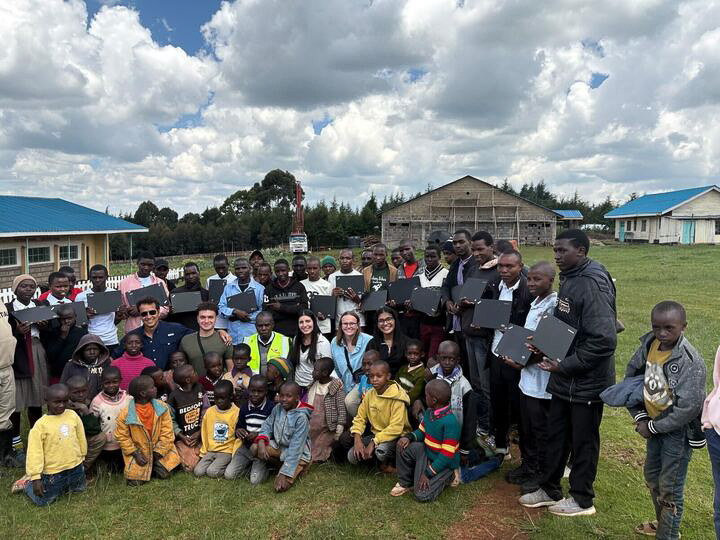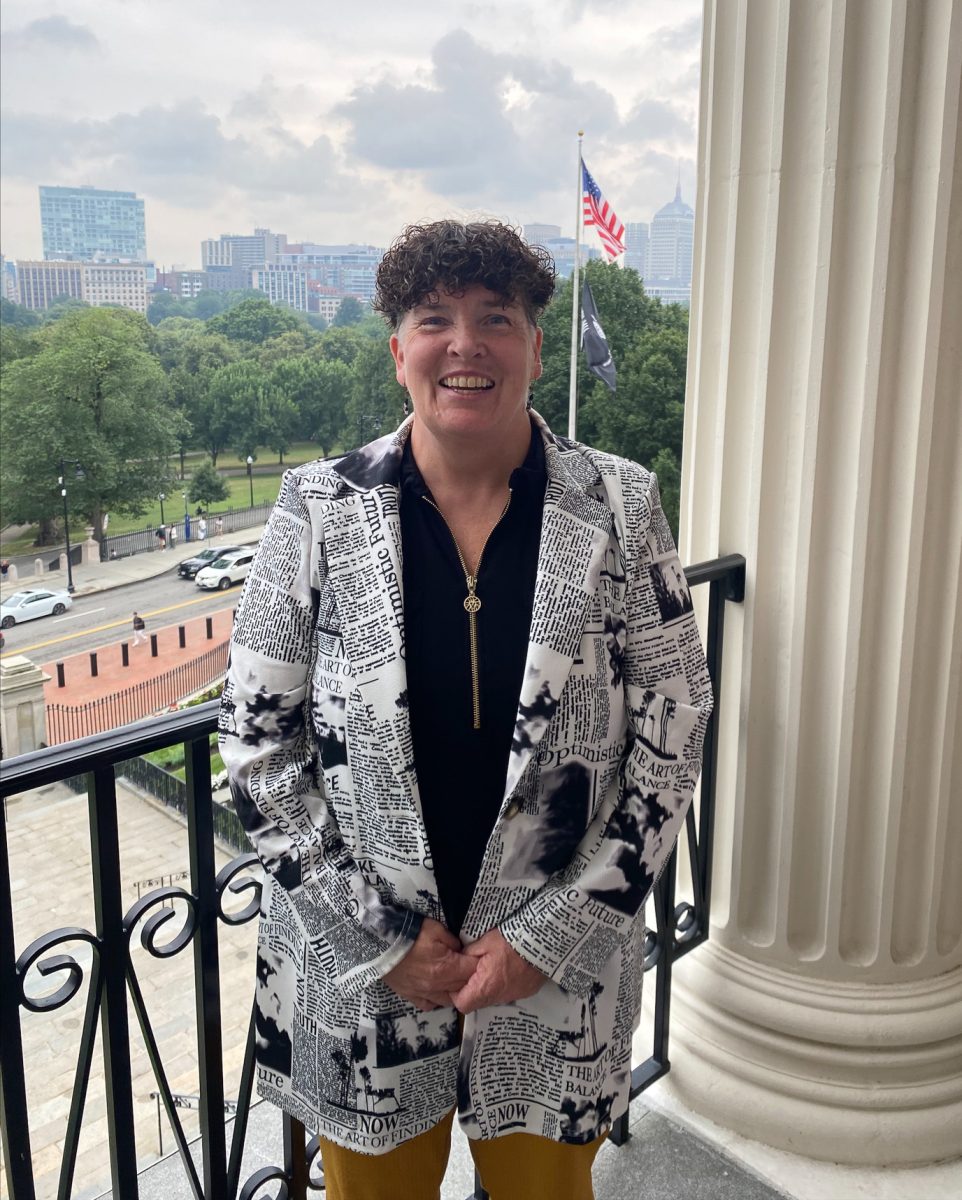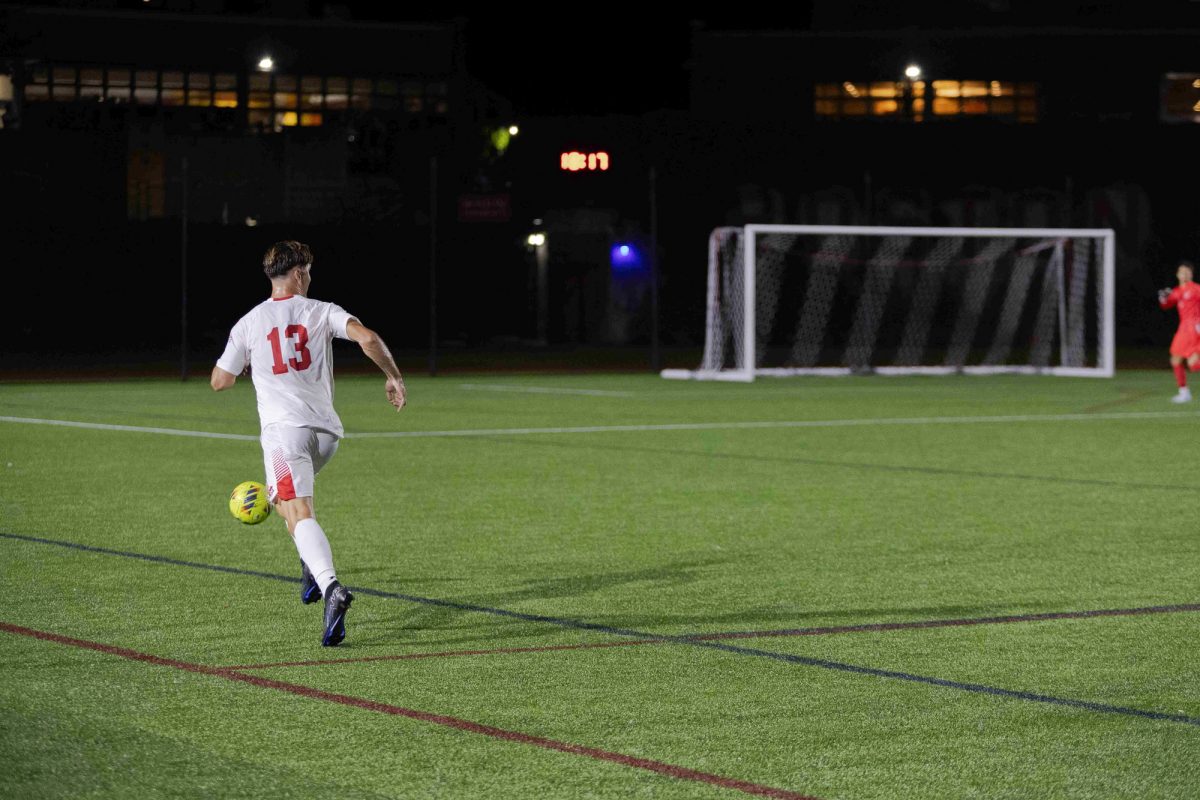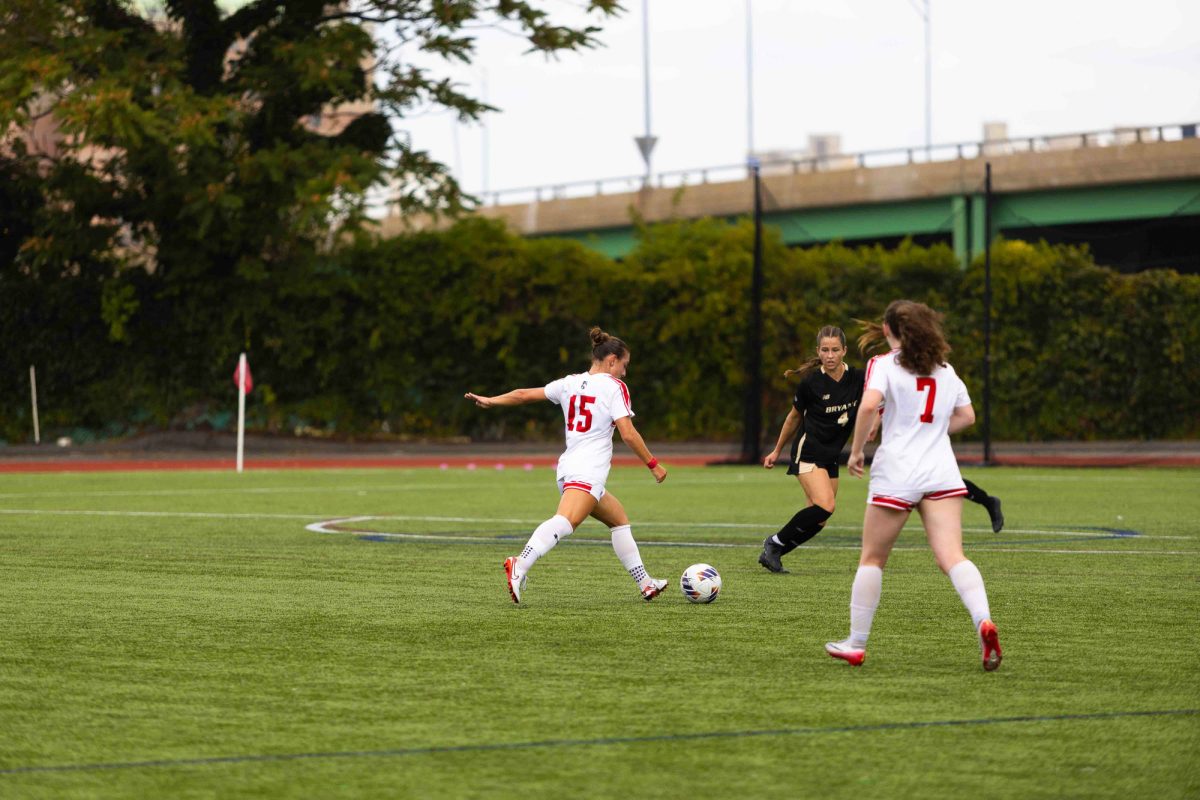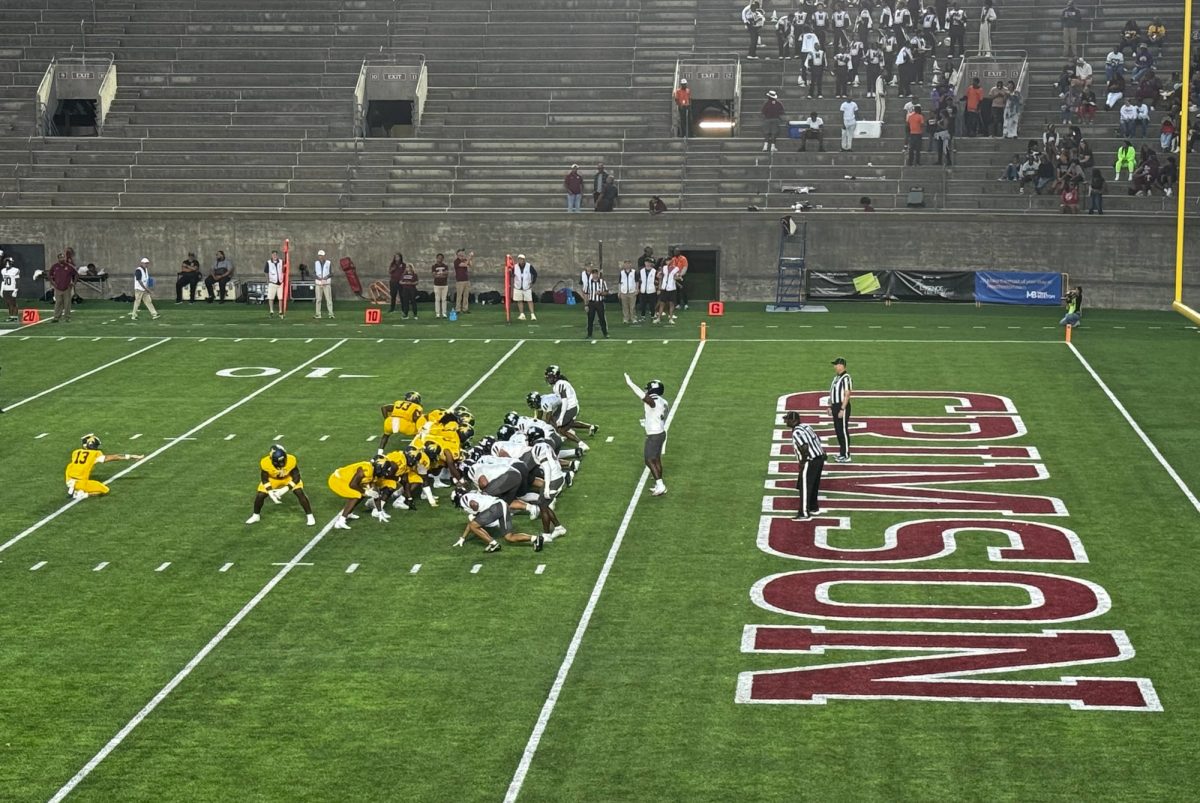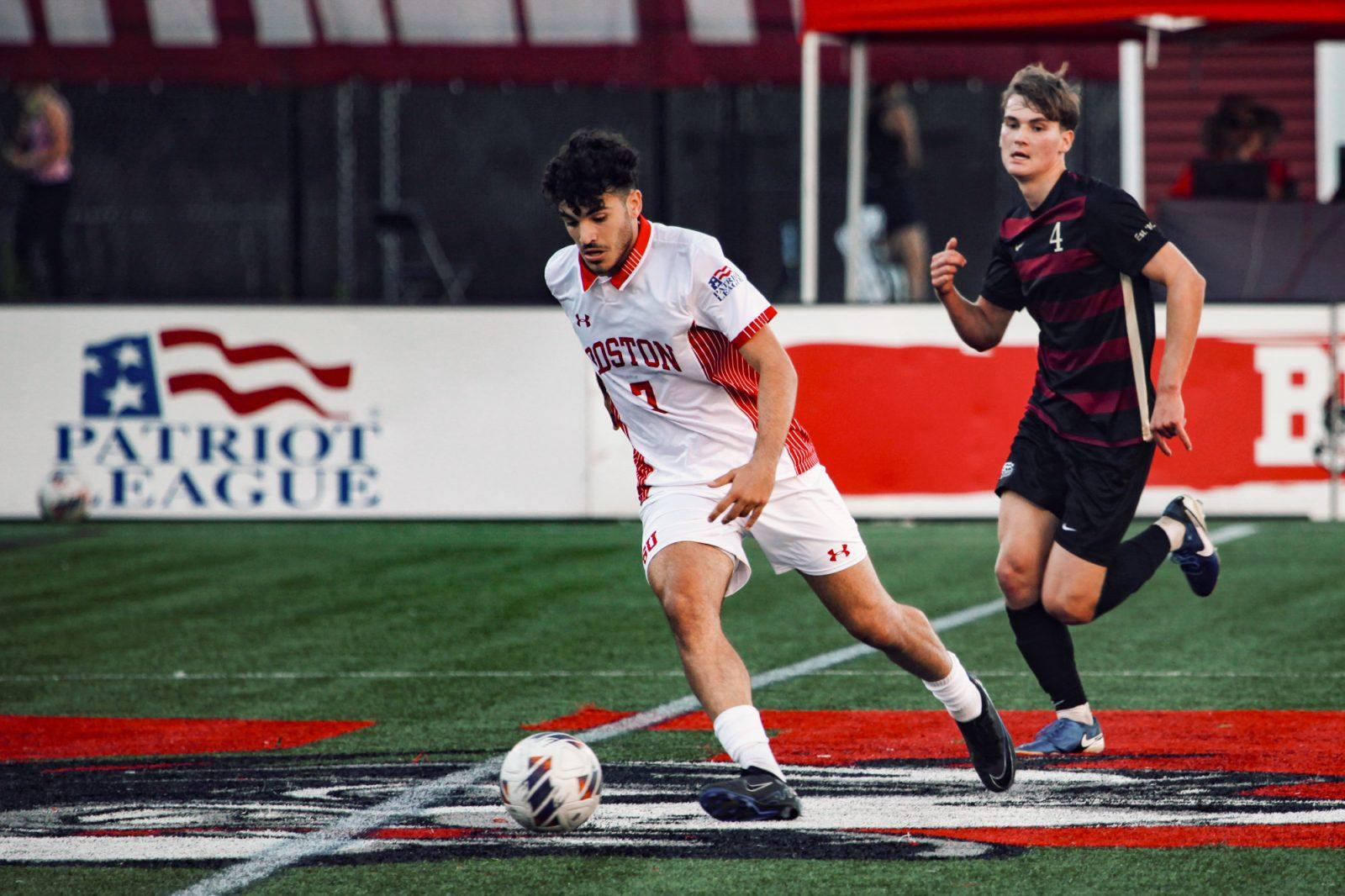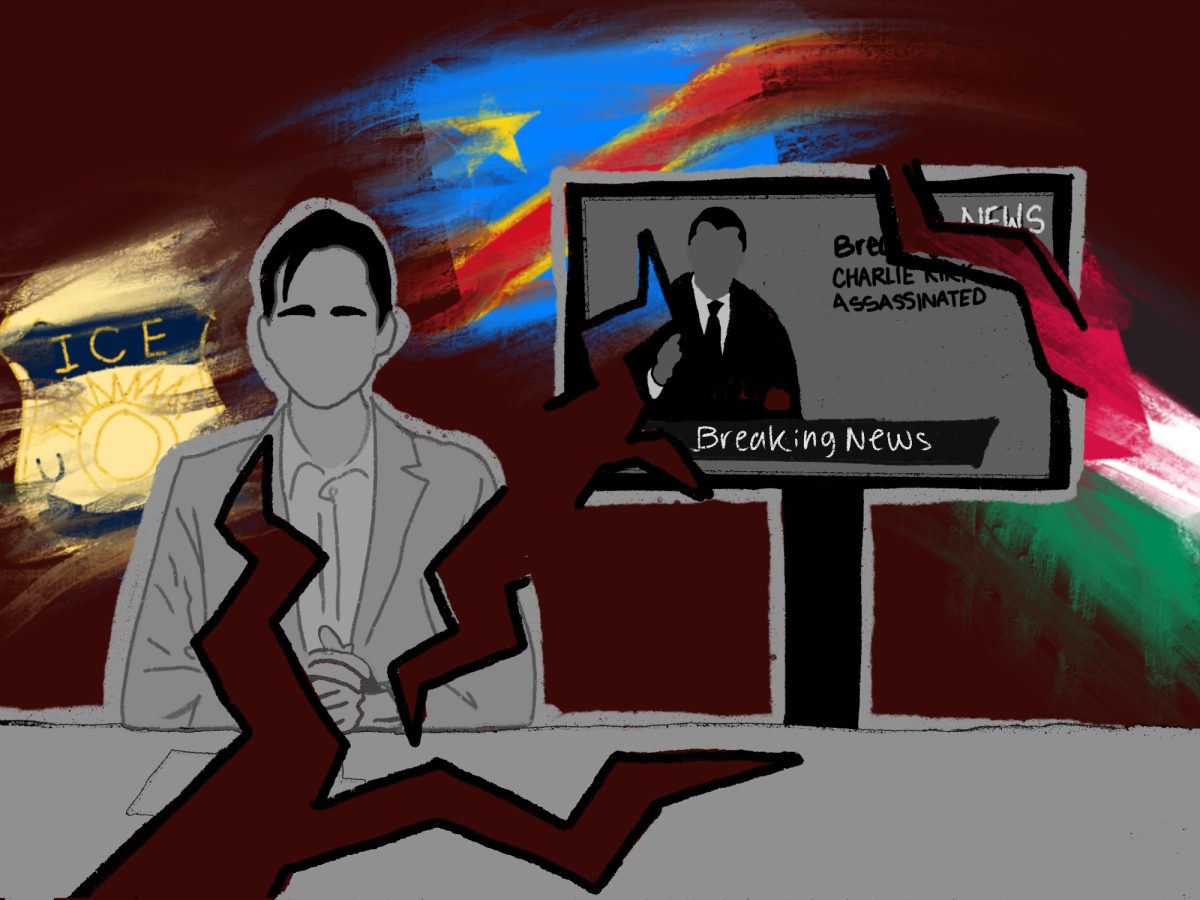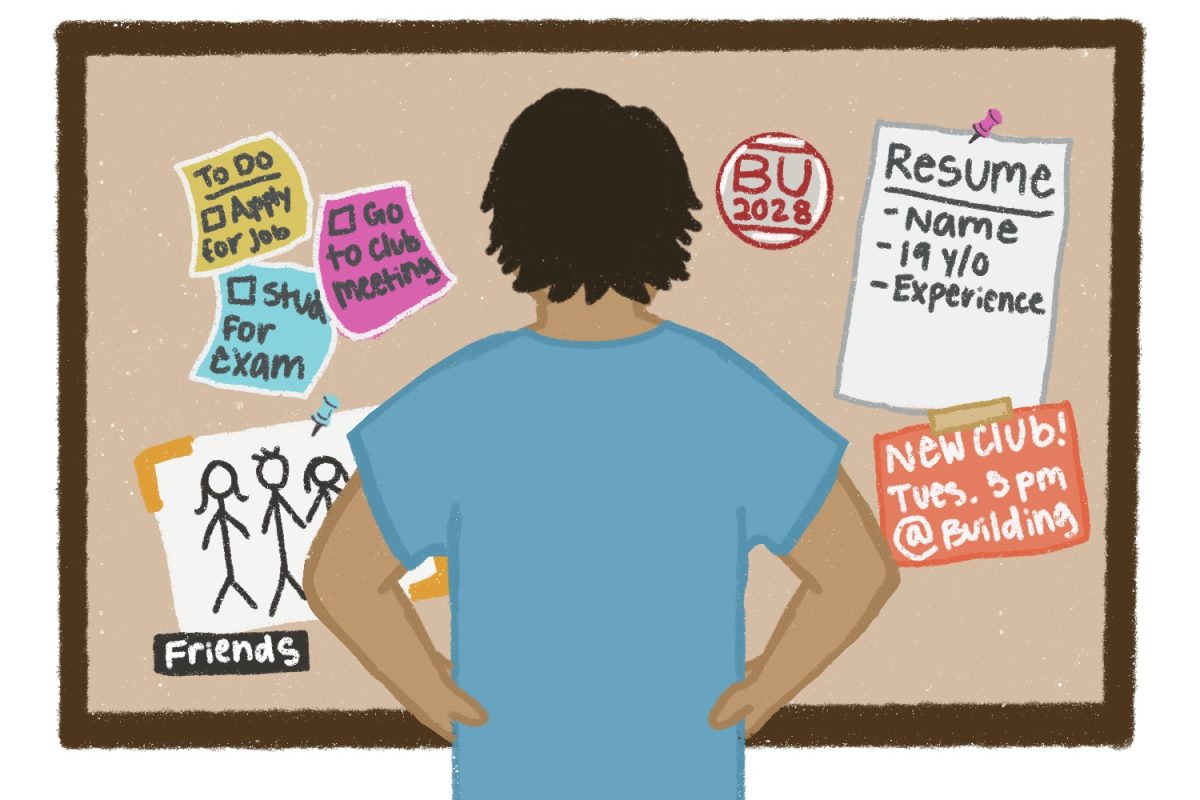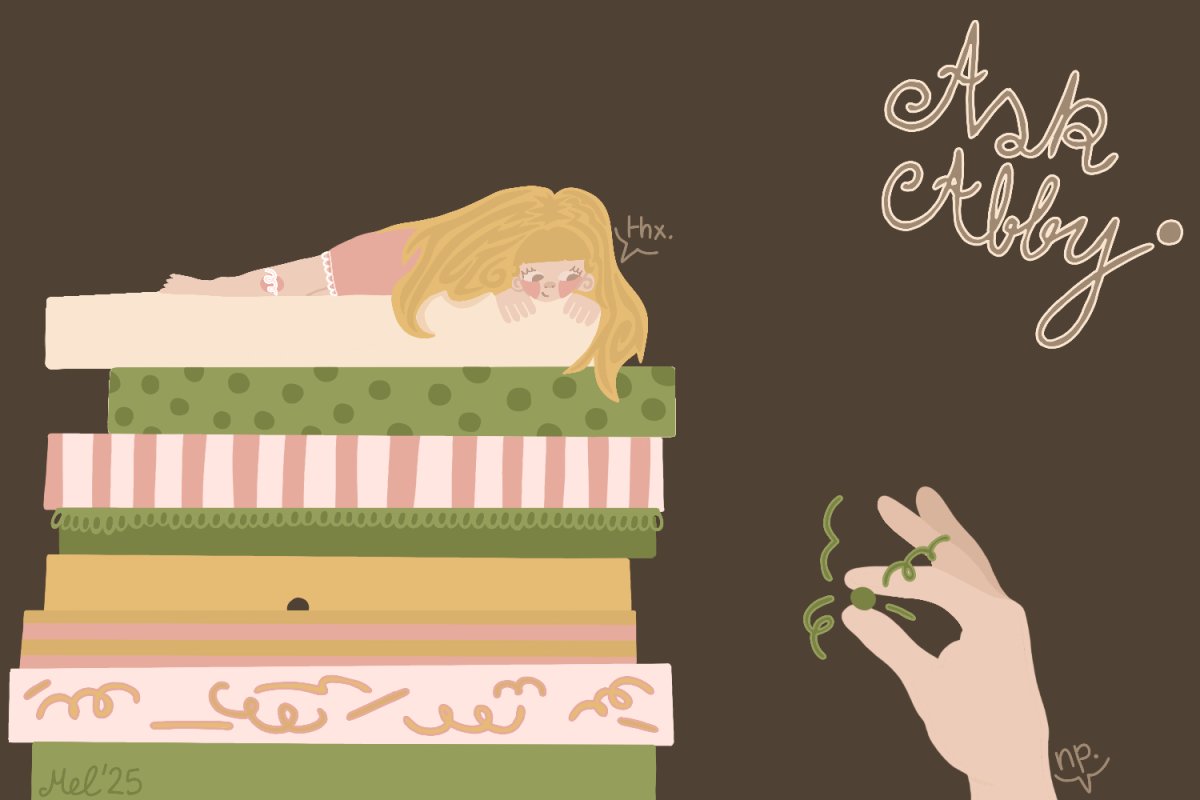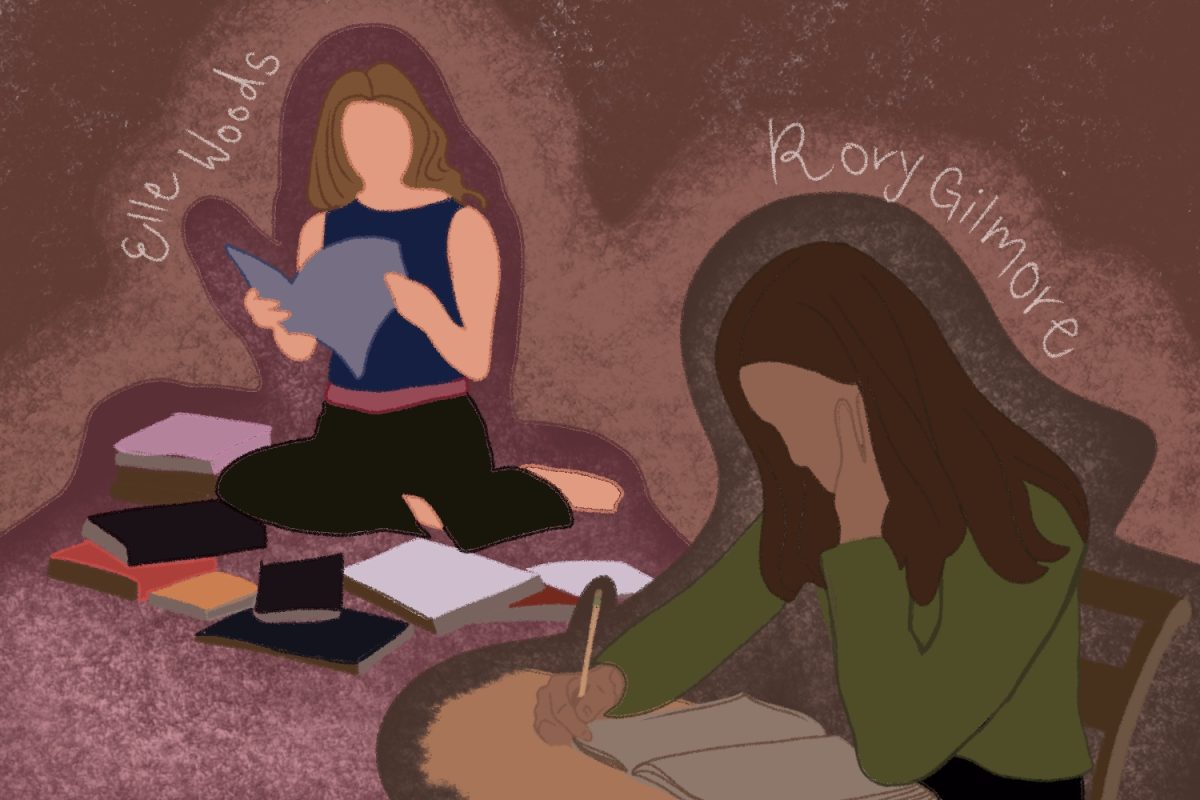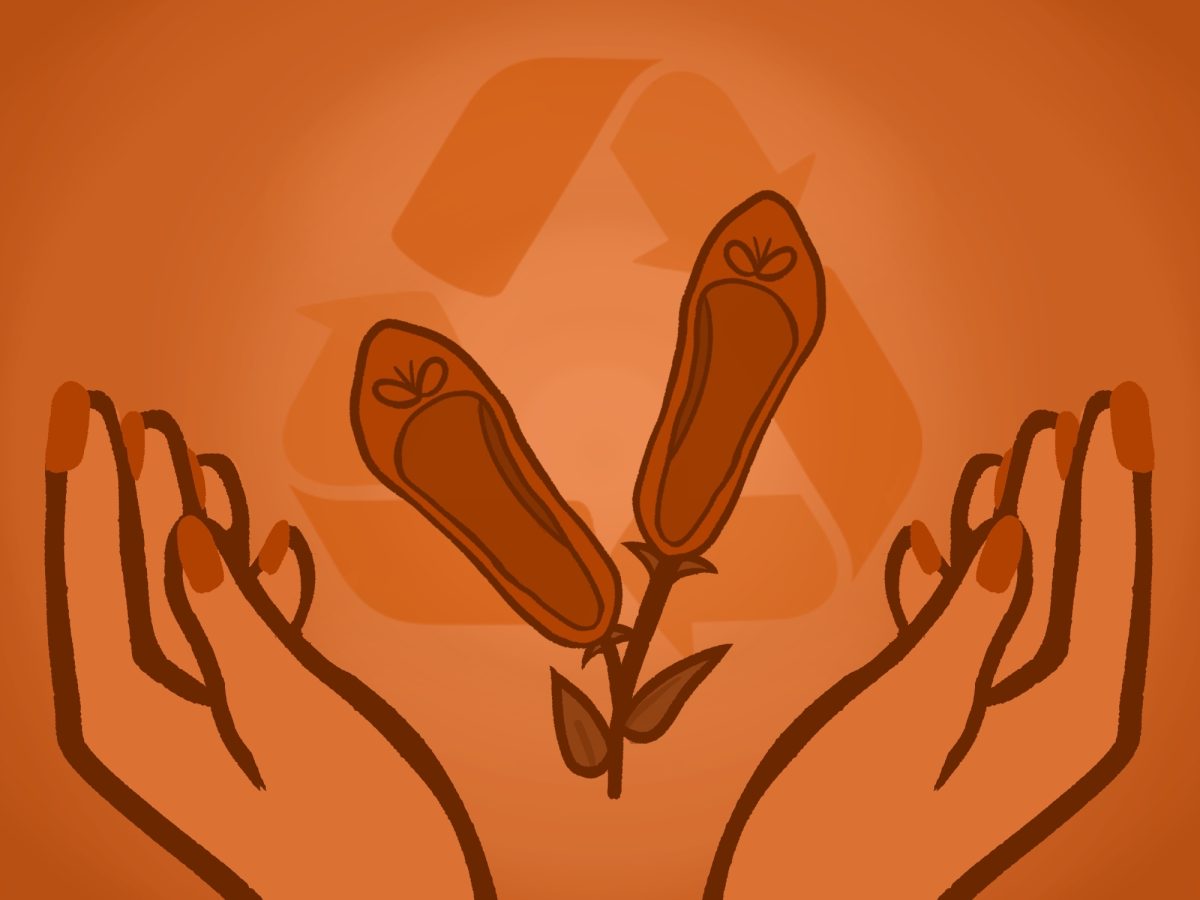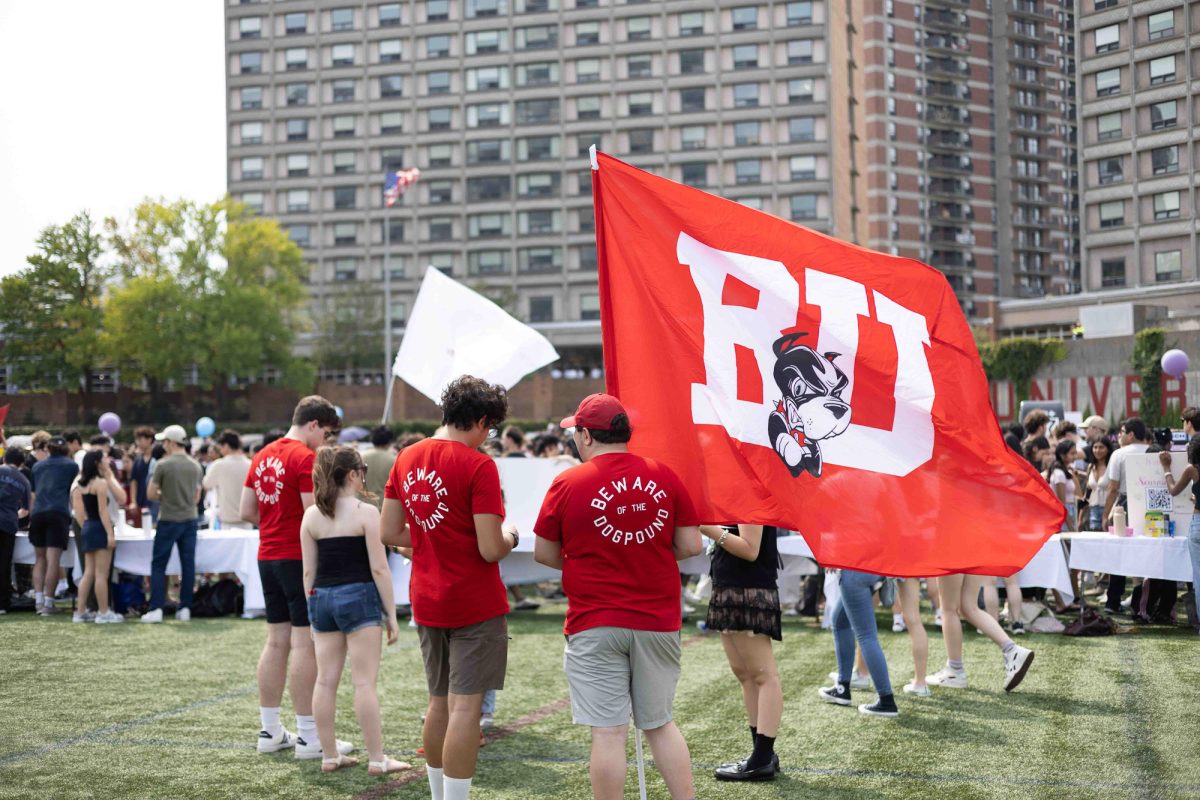Today Catholics wonder, “Who will lead Christ’s Church?” Cardinals assemble in Rome to elect Benedict XVI’s successor. Pilgrims gather in St. Peter’s Square to await word of a new pope. The faithful offer prayers for Mother Church in this strange time. Although this appears procedural, the interregnum offers the world a period of both excitement and anxiety. This strange time must precede the laud roars from Vatican City. Tomorrow, we have no pope.
We call this period the interregnum. All administration in the Vatican ceases. All major decisions await the new Holy Father. From a management perspective, this makes little sense. To better understand this approach, we consider sede vacante in the Roman Catholic tradition.
Sede vacante describes the specific period within the interregnum when, literally, the chair is vacant. In the Catholic Church, every bishop takes possession of a physical chair, the cathedra, as a symbol of leadership in the particular Church they serve. The Cathedral of the Holy Cross keeps the cathedra of His Eminence, Seán Patrick Cardinal O’Malley, the Archbishop of Boston. The Pope, the Bishop of Rome, possesses the Chair of St. Peter, the first pope. In the Bible, Jesus said, “You are Peter, and on this rock I will build my Church … And I will give unto you the keys of the kingdom of heaven” (Mt. 16:18-19). From these words Jesus Christ empowers Peter and his successors to lead His Church on earth. He commissions them to teach the faith and administer the sacraments for the salvation of souls. This is the premier cathedra in the Christian world because it preserves the faith through the Vicar of Christ, the Pope.
We Catholics celebrate a feast day to commemorate the Chair of Peter. Christian Prayer says the feast exists “as a sign of unity of the Church founded upon [Peter, the] apostle.” Catholics’ deep connection to the papal office stems in Christ’s institution of His Church in this way because Christ maintains His authority through apostolic succession, the Pope serves the world as the steward of the faith. He takes a new name so as to abandon his identity and become the Servant of the Servants of God. The Pope remains Christ’s leader in the world.
The papal vacancy befuddles the faithful because Catholics practice a great devotion to the Successor of Peter. We devote time and energy to prayerfully consider Benedict’s resignation. We question what the world and Church needs in its universal pastor. The media continues to profile Cardinals, odd-makers offer wagers with high rewards and private circles debate the fastly approaching conclave. The Cardinals meet daily and listen to each other speak about the Church. These conversations allow the Cardinal electors to learn more about each other and concerns of the universal Church. Formal campaigning does not exist in the process. These meetings coupled with personal prayer prepare the Cardinals for their primary duty: electing the Supreme Pontiff.
Tomorrow begins a new chapter in the life of the Roman Catholic Church. Despite the heightened media coverage, outrageous predictions and cries of reform, Mother Church shows us prudence and patience. Rather than assemble the electors and urge them toward a successor, she slowly gathers the Cardinals to Rome and calls upon the faithful to join them in prayer for this sede vacante. In a world set on efficiency, the Church assumes a radically different position. She sets aside pressing issues and allows the Holy Spirit to direct her elections and meet the current needs of her faithful. The empty chair prompts the Church to examine herself and reaffirm her commitment to service of the world in Christ’s name.
Tim McGuirk
CGS ‘13 COM ‘15

